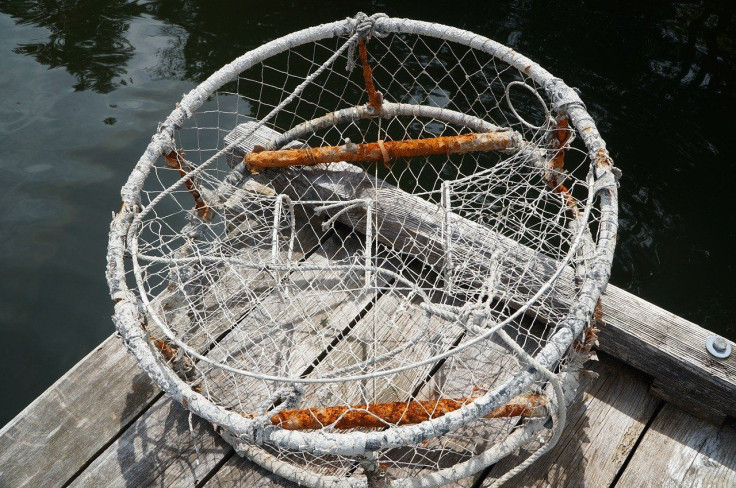What's The 'Hydra Effect'? How This Invasive Species Came Back After Eradication
KEY POINTS
- European green crabs are a significant invasive species
- An effort to eradicate them was initially a success
- A year later, their number had a 30-fold increase
- Hydra effect is to blame, scientists said
What happens when you try to completely eradicate an invasive species? In some cases, they can actually come back "with a vengeance."
The European green crab is an invasive species that pose significant threats to other species that are important for commercial and recreational harvest, the Washington Department of Fish and Wildlife (WDFW) explained. A single green crab can eat 40 clams and other same-size crabs all in one day, the agency said. And according to the University of California, Davis (UC Davis), the species costs the U.S. commercial shellfish industry millions in losses each year.
In 2009, researchers sought to eradicate the invasive European green crabs from Seadrift Lagoon in Stinson Beach for their study. Their efforts actually led to success, with the species' number down to less than 10,000 from 125,000 by 2013. But just a year later, their number in the lagoon ballooned to 300,000, which UC Davis noted is a 30-fold increase compared to their number the year before.
Hydra Effect
The researchers were also monitoring other nearby locations but they did not observe this kind of population explosion among the species. So what happened?
In their study, published in the journal PNAS, the researchers found that it was partly because of adult crustacea's tendency to cannibalize the younger ones in the species. So when the adults were removed in the eradication efforts, the juveniles were left to grow and multiply without the threat, UC Davis explained, noting that they "overcompensated" for losing the adult population.
Simply put, the efforts to remove the crab led to a situation that allowed the species population to explode. This process, the researchers said, is called the "hydra effect," which was named after the famed nine-headed serpent-like beast in Greek mythology. Cutting off one of its heads would only result in two more heads growing in its place, Britannica explained.
Functional Eradication
According to the researchers, their experience shows what not to do in the quest to control an invasive species such as the European green crab. Instead of trying to completely eradicate the species, a "functional eradication" approach may be more well-suited.
This means that you only try to control the invasive species' populations to below unacceptable levels. It is said to be a more effective approach when it's unlikely to completely eradicate an invasive species, UC Davis noted.
"A failure in science often leads to unexpected directions," study lead author, Edwin Grosholz of UC Davis, said in the university news release. "We slapped our foreheads at the time, but with thought and understanding, it's told us a lot about what we shouldn't be doing and provided a way forward for us. The world should get less focused on total eradication and work toward functional eradication."
Study co-author Greg Ruiz of the Smithsonian Environmental Research Center also noted he importance of "tailoring" the method depending on the particular situation instead of going for a "one-size-fits-all" approach.

© Copyright IBTimes 2025. All rights reserved.






















